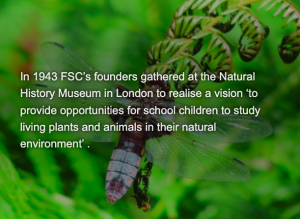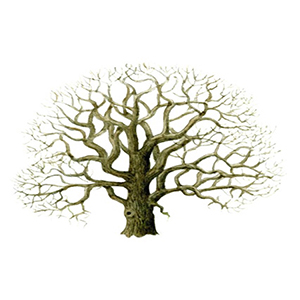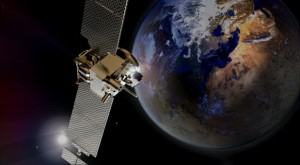A low cost holistic solution to a complex problem

Using satellite imagery, we were able to identify differential growth rates in a young Sitka spruce forest. There was a correlation between these growth rates, the health of the trees and the vegetation moisture index. We were unable to understand why there were such wide growth variations over very short distances. We thought this might be because the site has a thin peat soil over a podsolised gley with an iron pan which we shattered by ripping the ground. Heather competition was also thought to be the reason for this growth variation.
We investigated the geology of the site and found that the pattern of growth across it reflected its geology. The underlying bedrock is sandstone which might not normally be a constraint to tree growth. On this site, high rainfall and low soil PH are causing the bedrock to erode.
The dissolution of the rock is causing it to release heavy metals including copper which is toxic to plants. Although the site has been colonised by heather which competes with spruce for nitrogen, more needs to be done to improve the forest’s long-term growth.
We investigated the growth of Sitka spruce in natural ecosystems where these geological features occur. We found that in these natural ecosystem, Sitka spruce is able to grow well if it is associated with red alder. The alder fixes nitrogen which enables its roots to penetrate deeper into the ground and thereby improve the rooting environment for the Sitka spruce.
We have enrichment planted this site with alder and hope that the growth of the Sitka will now improve. The site is adjacent to a SSSI and is windy due to its high elevation. This therefore makes it difficult to control the heather with a herbicide. We think that as the alder establishes, it will eventually shade out the heather and its leaf fall will alter the ground flora. We imagine that in the future the site will be harvested for timber and the alder for biomass. This represents a low cost holistic solution to a complex problem.



